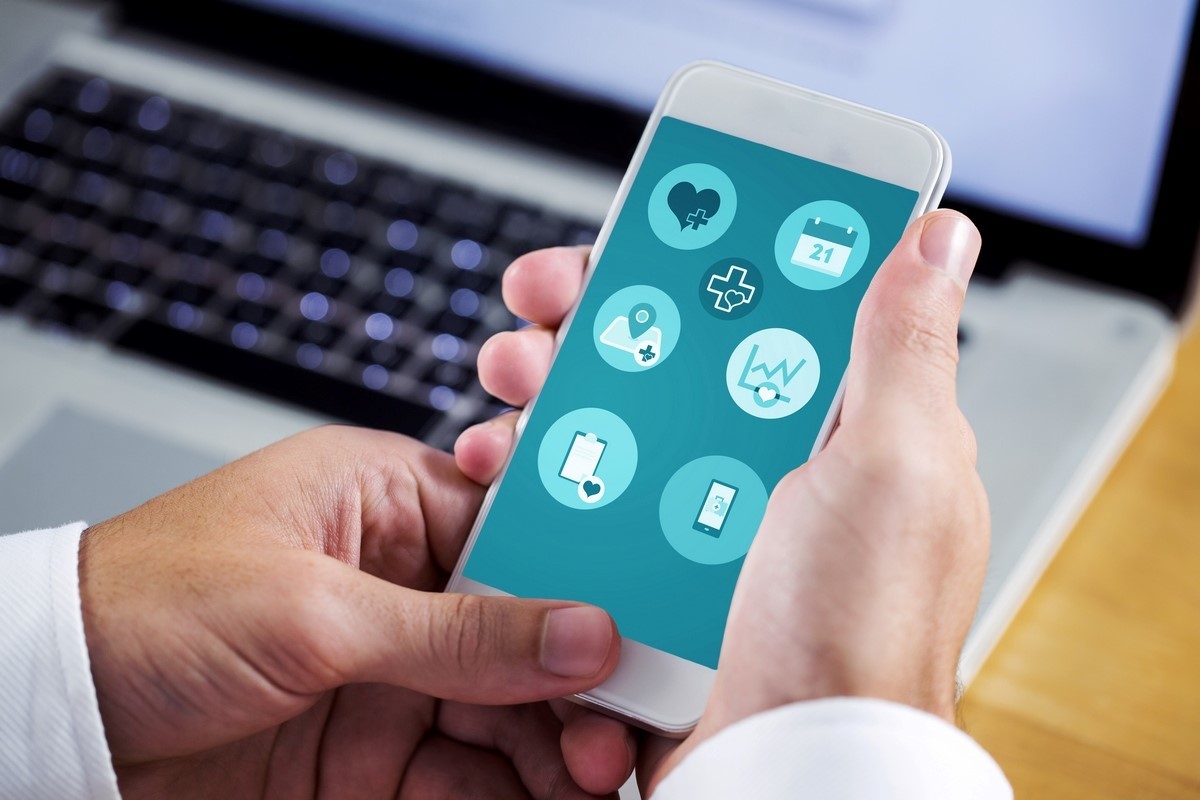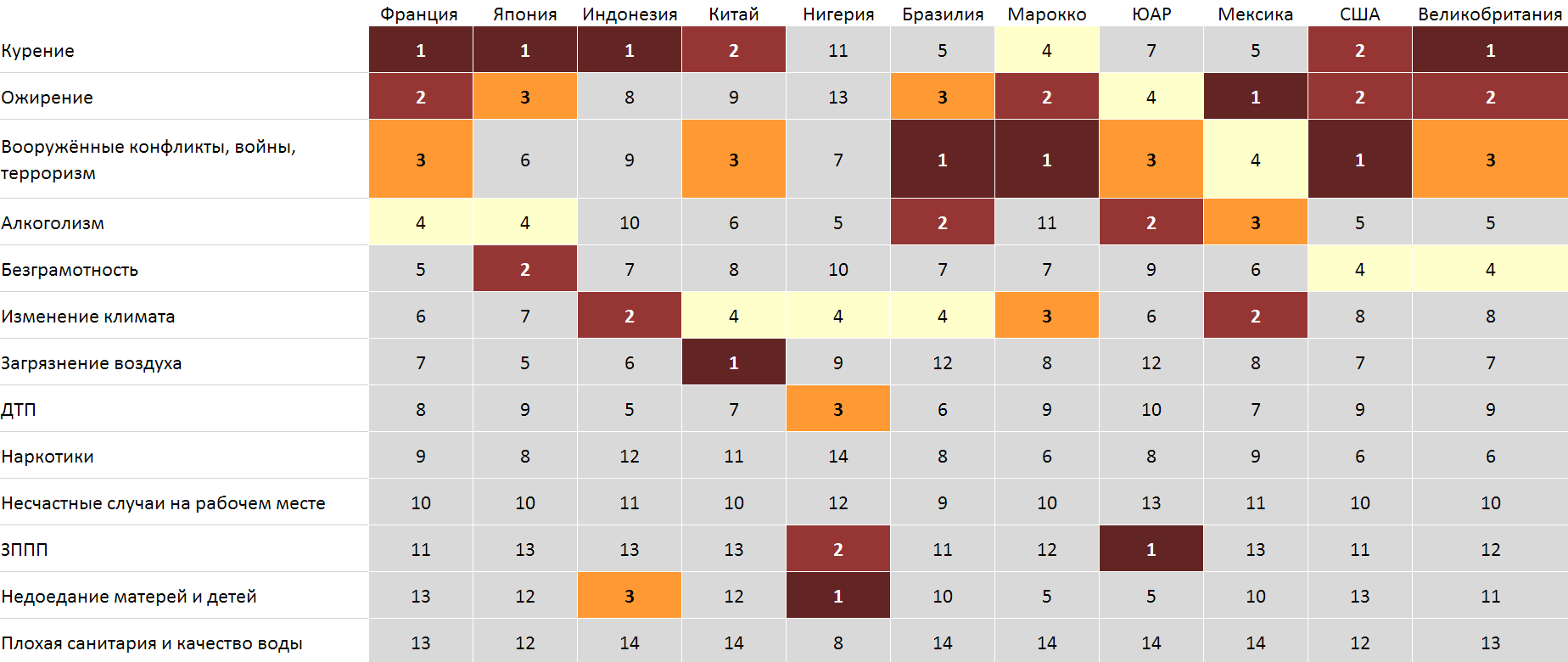Challenging chronic diseases in an era of hyper-connectivity

Despite centuries of medical development, chronic non-communicable diseases remain the leading cause of death. Just think: 60% of people in the world die because of chronic diseases (in Europe - 90%). At the same time, 70-80% of budget expenditures on health care in European countries are associated with this category of illnesses. Therefore, much attention is paid to finding ways to improve public health. For example, you can encourage people to lead an active lifestyle and collect statistics for the prevention of diseases. The solution of these problems is facilitated by the advent of the era of hyper-connectivity : first of all, due to the widespread use of mobile applications and wearable gadgets.
Some statistics
The main scourge of the modern affluent society is obesity. Today, annually 5% of deaths in the world occur at petrochemical plants, which are caused by obesity. According to the McKinsey Global Institute, a third of humanity suffers from obesity, and by 2030 the proportion will increase to 41%. In 2012, the costs associated with obesity ($ 2 trillion per year) were almost equal to the costs of combating the effects of smoking ($ 2.1 trillion per year), as well as costs associated with terrorism and armed conflicts ($ 2.1 trillion per year ).
Social problems that have the greatest impact on the global economy:
')

The relevance of certain social problems for different countries:

Obesity is the cause of several diseases, including heart disease and diabetes. The proportion of people with diabetes varies greatly by region, but the higher the economic growth, the faster the number of patients grows.
Systems approach
As you can see, it is necessary to fight chronic diseases, and you need to approach it systematically:
- teach in family and school
- conduct educational campaigns
- control the food industry
- label food products according to their influence on human weight,
- limit the advertising of certain products,
- improve urban ecology,
- control portion size
- subsidize programs to improve public health and produce healthier foods,
- promote workplace health promotion programs,
- promote healthy eating, sports and cycling,
- widely use applications and gadgets to control physical activity and weight.
In the first place in terms of efficiency, such changes are in the social environment, so that citizens are mostly unconscious, at the level of behavioral mechanisms, lifestyle. And in second place in terms of effectiveness is the conscious efforts of people who want to stay healthy.

Effective medical care and national programs aimed at reducing the share of petrochemical plants help to reduce overall health care costs, reduce absenteeism, improve productivity and improve the overall quality of life in the country. For example, according to the American Public Health Association, in the US, every dollar spent on scientifically based programs to increase physical activity, improve nutrition and prevent smoking, over the next 5 years, saves $ 5.6 of the health care budget, and over 10 years - $ 6.2 . Unfortunately, in many countries the share of expenditures on the prevention of petrochemical plants in the total health budget is very small:

The benefits of mobile devices
No comprehensive approach to solving the problem will not be sufficiently effective without the continuous collection and analysis of various information about the current state of health of people. Channels of data can be very different. First of all, of course, these are statistics on appeals to medical institutions, the results of routine examinations in schools, the number of absenteeism due to illness. But all these data for the most part reflect the consequences of the lifestyle of different groups of people, which can only be judged indirectly. But the data directly describing the degree and nature of physical activity of citizens, their eating habits and other habits that affect the likelihood of petrochemical plants, can only be obtained from the people themselves. And here smartphones can play an irreplaceable role.
Our life is inextricably linked with the Internet. Smartphones, desktops, laptops, smart watches, tablets, wearable electronics are all components of our personal network infrastructure. We are constantly online, using some of the listed devices, even just having a smartphone in our pocket. And just as mobile phones can become the most important channel for obtaining data on the lifestyle of each person, as well as a means of promoting healthy lifestyle ideas.
How to do it? With the help of mobile applications that encourage people to move more, play sports, achieve new set frontiers. These applications should collect statistics on how many kilometers the owner has passed or ran. Ideal when wireless wearable sensors that monitor the pulse and body temperature are connected to the smartphone.
The collected data superimposed on the environmental monitoring map will help much more accurately predict the dynamics of the development of petrochemical plants in the country, as well as gently correct the way people live for the sake of improving their longevity and quality of life. Information from millions of mobile applications along with data from health facilities can be analyzed in global national and regional information systems built on the EMC Integrated Patient Record platform that we recently wrote about .
It is important to convince people to report on how much and when they eat, how they sleep, how much water they drink per day. The application should remind its user that he was not moving enough today, or he drank too little, or chose unnecessarily greasy food for lunch. In order not to bore the user with boring tips, the application can, for example, calculate a certain health index, which depends on meeting different conditions and performing certain actions. And a person, looking at the decline of this index, is likely to want to improve their health, following simple, understandable and well-known recommendations. But after all, they need to be remembered, and a lazy person, many of us need someone to direct, nudge, remind us. And such mobile advisers can not only assume this role, but also supply very important statistics to large analytical systems.
Of course, many will not want to use such applications on their own initiative, for a variety of subjective reasons. Someone will pass the primary enthusiasm, and they will abandon this business. In such cases, corporate health support programs can be used. For example, if an employee uses the application and regularly provides information about his health, if he tries to maintain and improve his performance, then as a reward he receives a discount on medical insurance, or receives some medical services free of charge, there are many options. This can attract to the “health side” those who are not enough just to motivate their body care.
Source: https://habr.com/ru/post/311186/
All Articles